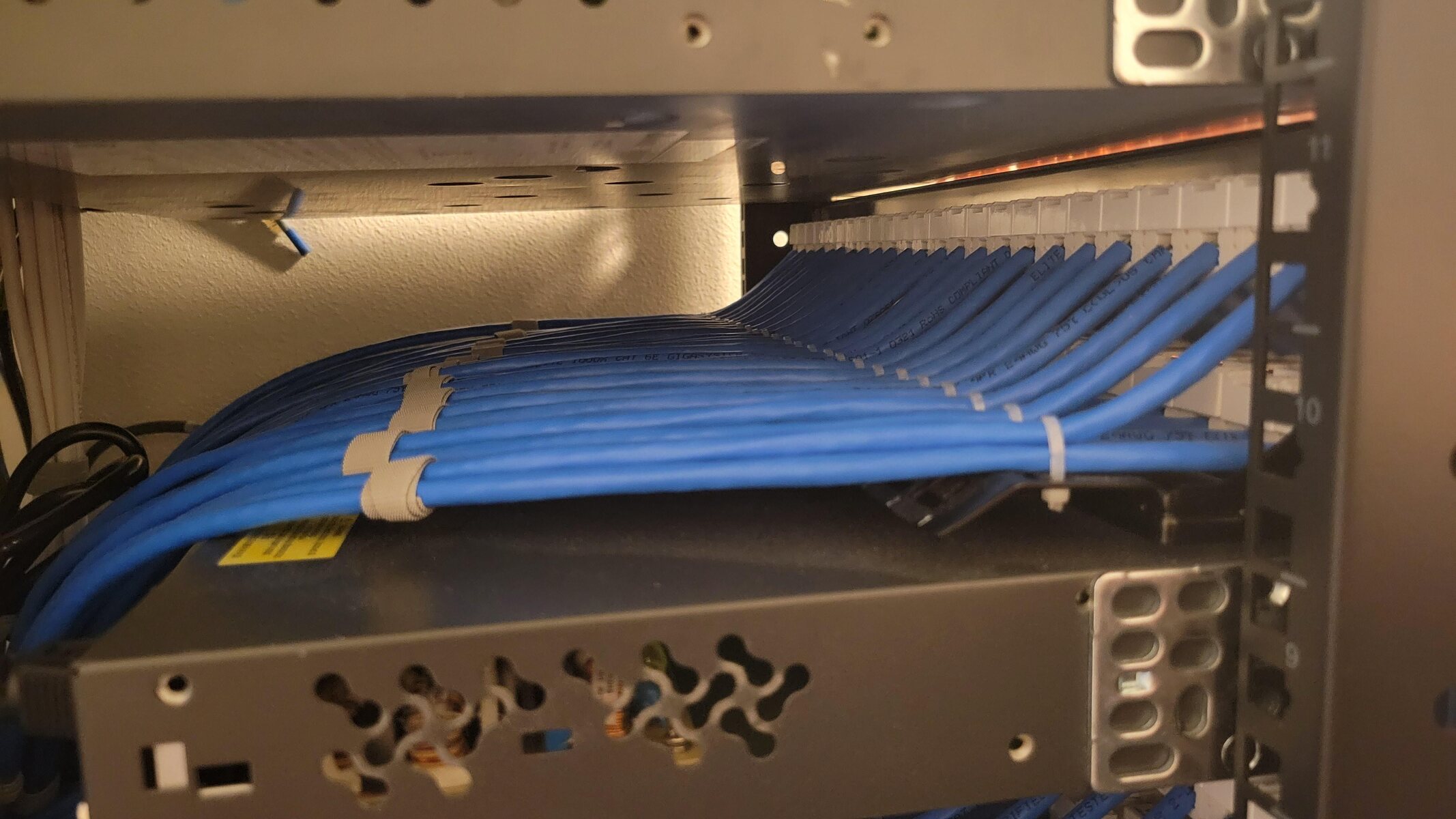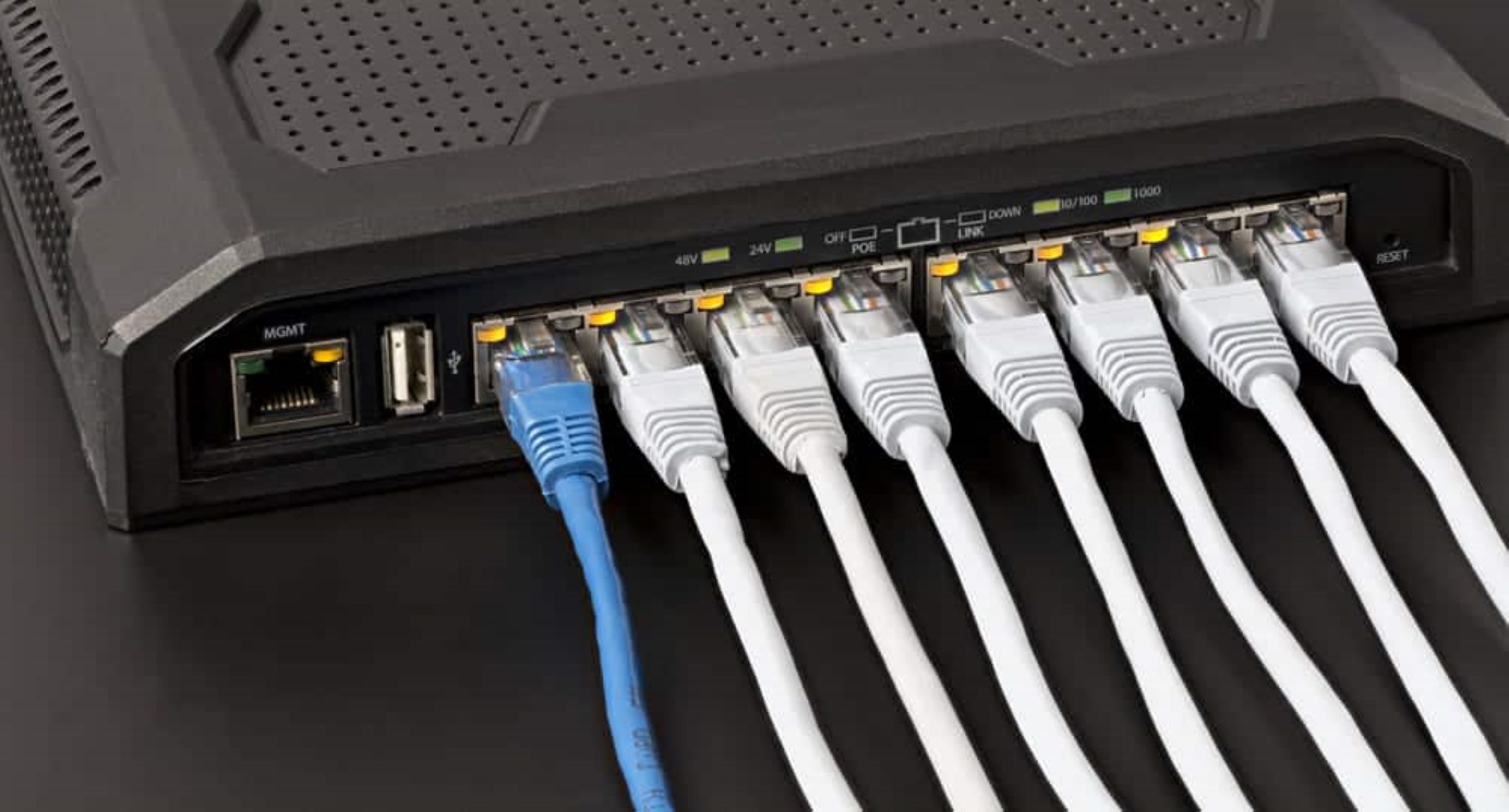Introduction
When it comes to optimizing network performance, businesses and organizations are constantly seeking ways to enhance their infrastructure. One common consideration in this quest is the addition of a second network switch. This move can potentially have a significant impact on network performance, and understanding the implications is crucial for making informed decisions. In this article, we will explore the effects of adding a second network switch to an existing network and delve into the factors that influence network performance. By gaining insights into these aspects, network administrators and decision-makers can better evaluate the potential benefits and drawbacks of incorporating an additional switch.
The network switch, a fundamental component of modern networking, plays a pivotal role in managing and directing data traffic within a network. As businesses expand and technological demands evolve, the need for efficient and robust network infrastructure becomes increasingly pressing. Consequently, the decision to introduce a second network switch must be approached with careful consideration of its potential impact on overall network performance.
In the following sections, we will delve into the intricacies of network switches, exploring their functionalities and the factors that can influence network performance. Subsequently, we will analyze the potential effects of adding a second network switch to an existing network, shedding light on the implications for performance and offering valuable insights for network optimization. Through this exploration, readers will gain a comprehensive understanding of the considerations involved in enhancing network performance through the addition of a second network switch.
Understanding Network Switches
Network switches are pivotal components in the infrastructure of modern computer networks. These devices facilitate the efficient transfer of data within a network by directing data packets to their intended destinations. Unlike hubs, which indiscriminately broadcast data to all connected devices, switches intelligently forward data only to the specific devices for which the data is intended, thereby optimizing network performance and reducing unnecessary traffic.
Switches operate at the data link layer (Layer 2) of the OSI (Open Systems Interconnection) model, enabling them to utilize MAC addresses to efficiently route data to the appropriate devices. This functionality is instrumental in segmenting and organizing network traffic, leading to improved network efficiency and reduced congestion.
One of the key advantages of network switches is their ability to create multiple collision domains, effectively minimizing the occurrence of data collisions and enhancing overall network performance. By creating separate collision domains for each port, switches enable simultaneous data transfers between different devices without interference, thus maximizing the network’s throughput and minimizing latency.
Moreover, modern network switches often incorporate advanced features such as VLAN (Virtual Local Area Network) support, QoS (Quality of Service) capabilities, and port mirroring for network monitoring and analysis. These features contribute to the versatility and adaptability of network switches, allowing for the efficient management and optimization of network traffic based on specific requirements and priorities.
Understanding the functionality and capabilities of network switches is essential for evaluating their impact on network performance. As businesses consider the addition of a second network switch to their infrastructure, a comprehensive understanding of the role and benefits of switches becomes crucial in making informed decisions regarding network optimization and scalability.
Factors Affecting Network Performance
Several key factors influence the performance of a computer network, and understanding these elements is essential for optimizing network efficiency and reliability. Bandwidth, latency, network congestion, hardware capabilities, and the nature of network traffic are among the primary factors that significantly impact network performance.
- Bandwidth: The available bandwidth directly affects the speed and capacity of data transfer within a network. Insufficient bandwidth can result in slow data transmission and decreased network responsiveness, particularly during periods of high traffic or data-intensive operations.
- Latency: Latency, often referred to as network delay, represents the time it takes for data to travel from the source to the destination. High latency can lead to delays in data delivery, affecting real-time applications and user experience.
- Network Congestion: Congestion occurs when network resources are insufficient to accommodate the volume of data being transmitted. This can lead to packet loss, increased latency, and diminished overall network performance.
- Hardware Capabilities: The capabilities of network hardware, including switches, routers, and network interface cards, play a crucial role in determining the network’s performance and capacity. Outdated or inadequate hardware may impede network efficiency and limit scalability.
- Network Traffic: The nature and volume of network traffic, including the mix of data types (e.g., voice, video, and data), the frequency of transmissions, and the distribution of traffic across the network, directly impact overall network performance.
Additionally, factors such as network topology, quality of network cabling, and the presence of network security measures can also influence network performance. Understanding the interplay of these factors is vital for assessing the potential impact of adding a second network switch to an existing network infrastructure. By considering these elements, organizations can make informed decisions regarding network expansion and optimization, ensuring that the network’s performance aligns with the evolving demands of their operations.
Impact of Adding a Second Network Switch
The decision to add a second network switch to an existing network can have a substantial impact on network performance, scalability, and overall efficiency. By introducing an additional switch, organizations can effectively expand their network infrastructure and address the growing demands for data transfer, device connectivity, and network segmentation.
One of the primary advantages of adding a second network switch is the potential reduction of network congestion. With more ports available for device connections, the overall network load can be distributed more evenly, minimizing the risk of congestion and enhancing data transfer speeds. Additionally, the segmentation of network traffic across multiple switches can lead to improved network efficiency and reduced collision domains, thereby optimizing data transfer and enhancing network responsiveness.
Furthermore, the addition of a second network switch can enhance network resilience and fault tolerance. By creating redundant paths and enabling load balancing across switches, organizations can mitigate the impact of hardware failures and network disruptions, thereby improving the overall reliability of the network infrastructure.
It is important to note that the impact of adding a second network switch is contingent upon various factors, including the design of the network topology, the capabilities of the switches, and the management of network traffic. Careful consideration of these factors is essential to ensure that the addition of a second switch aligns with the organization’s specific networking requirements and objectives.
Moreover, the implementation of advanced features such as link aggregation, virtual stacking, and network management protocols can further optimize the impact of adding a second network switch. These features enable enhanced scalability, simplified network administration, and improved resource utilization, contributing to a more robust and adaptable network infrastructure.
By assessing the potential impact of adding a second network switch and leveraging the available features and capabilities, organizations can effectively enhance their network performance, accommodate expanding connectivity needs, and lay the foundation for a resilient and efficient networking environment.
Conclusion
As organizations navigate the complexities of network optimization and expansion, the decision to add a second network switch emerges as a pivotal consideration. The impact of this decision on network performance, scalability, and resilience cannot be understated. By gaining a comprehensive understanding of network switches, the factors influencing network performance, and the potential implications of incorporating an additional switch, organizations can make informed decisions that align with their evolving networking requirements.
Network switches, with their ability to intelligently manage data traffic and create efficient communication pathways, play a crucial role in shaping the performance and reliability of modern networks. Understanding the functionalities and benefits of switches is fundamental to evaluating their impact on network performance and scalability.
Factors such as bandwidth, latency, network congestion, hardware capabilities, and the nature of network traffic significantly influence network performance, highlighting the multifaceted considerations involved in network optimization and expansion. By acknowledging and addressing these factors, organizations can lay the groundwork for a resilient, high-performing network infrastructure that meets the demands of their operations.
The impact of adding a second network switch extends beyond the expansion of network connectivity. It encompasses the potential reduction of network congestion, the enhancement of network resilience, and the optimization of network efficiency through advanced features and management protocols. This underscores the far-reaching implications of incorporating an additional switch into the network architecture.
In essence, the decision to add a second network switch represents a strategic investment in network performance and scalability. By carefully evaluating the potential impact and leveraging the capabilities of network switches, organizations can position themselves to meet the evolving demands of data transfer, device connectivity, and network management, thereby fostering a robust and adaptable networking environment.
Ultimately, the addition of a second network switch presents an opportunity for organizations to fortify their network infrastructure, optimize performance, and embrace the potential for future growth and technological advancement.

























